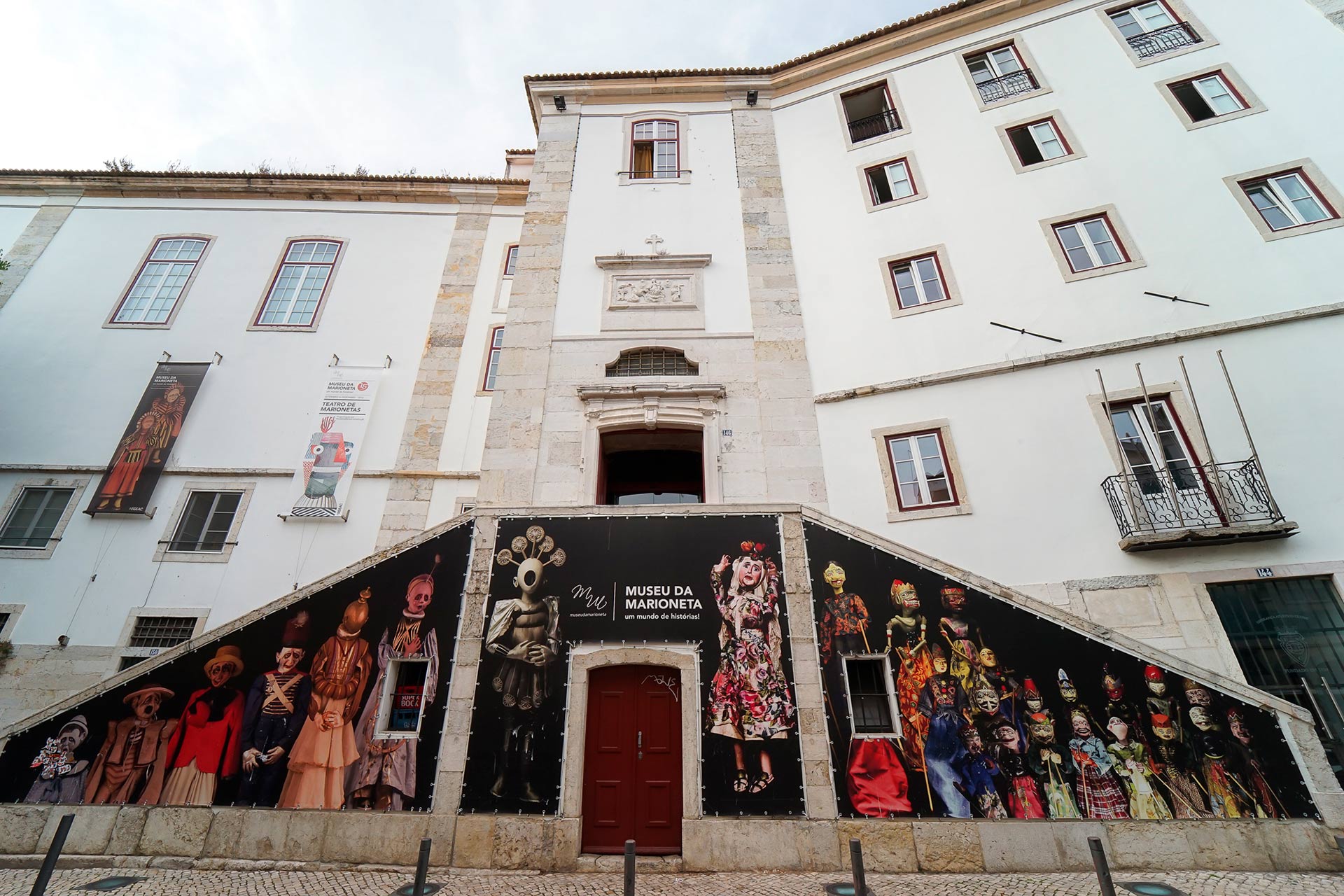
Santos-o-Velho Neighbourhood and the neighbouring Lapa neighbourhood are some of the best neighbourhoods to stay in Lisbon. It is a trendy neighbourhood where you can find the quietest things in town. Santos-o-Velho Neighbourhood is located between the historic center of Lisbon and Belém and although the metro doesn’t pass, there are buses and trams.
Santos-o-Velho Neighbourhood, is a neighbourhood that is only 2 minutes away from the iconic Estrela Church (“Basílica da Estrela”) and 10 minutes walk from Cais do Sodré. Bairro Santos-o-Velho is the neighbourhood of arts and nightlife. It is one of the liveliest areas of the city.
It is also near Bairro Alto, the center of nightlife, where you can find many famous bars and clubs.
In Santos-o-Velho Neighborhood, we can also explore Jardim da Estrela and Tapada das Necessidades, two gardens that are certainly worth a visit.
See also our list of flats and get to know our locations.
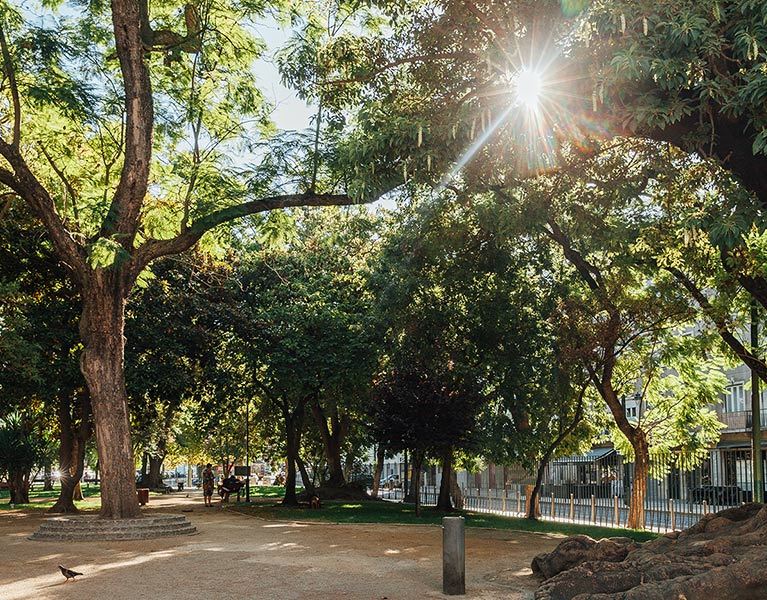
Formerly the Palace of the Marques de Pombal in Santos, it was created in 1884, and housed in the Palácio Alvor for almost 130 years, the Museu Nacional de Arte Antiga has had its current title for more than a century. It is the home to the most important Portuguese public collection of art, ranging from paintings to sculpture, and gold and silverware, as well as decorative arts from Europe, Africa and the Far East.
In front of it there is a little garden and a panoramic bar/restaurant called Le Chat.
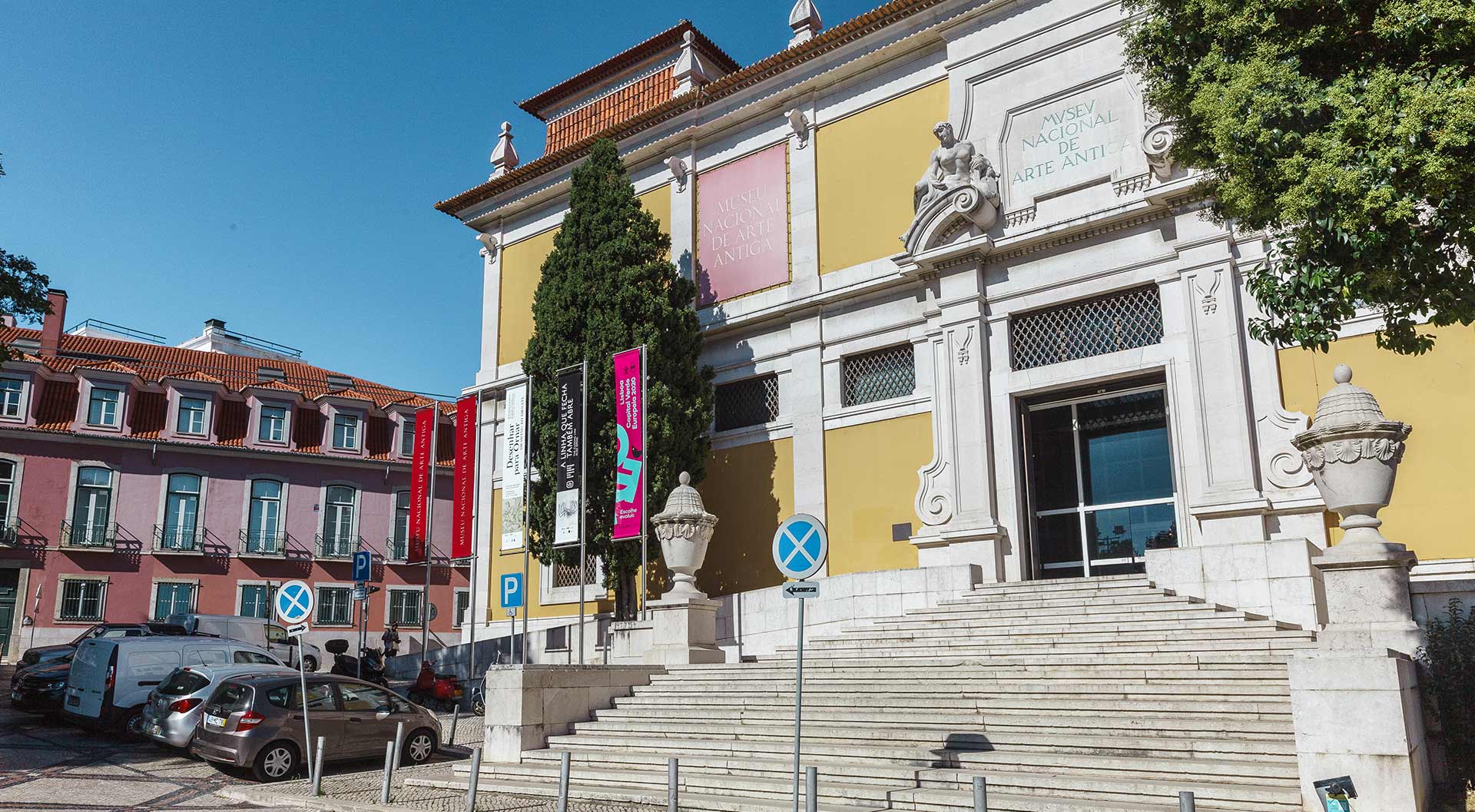
The Chafariz das Janelas Verdes is located at Largo Dr. José de Figueiredo, in front of one of the entrances of the current National Museum of Ancient Art. Above the Chafariz there is a café with outdoor and indoor seating called La Boulangerie, it is known for its fresh croissant and brunch.
During the Saint Antony festivities the Chafariz becomes a place of congregation with lots of quiosques with music and typical portuguese food and drinks, like sangria and sardines and chorizo.
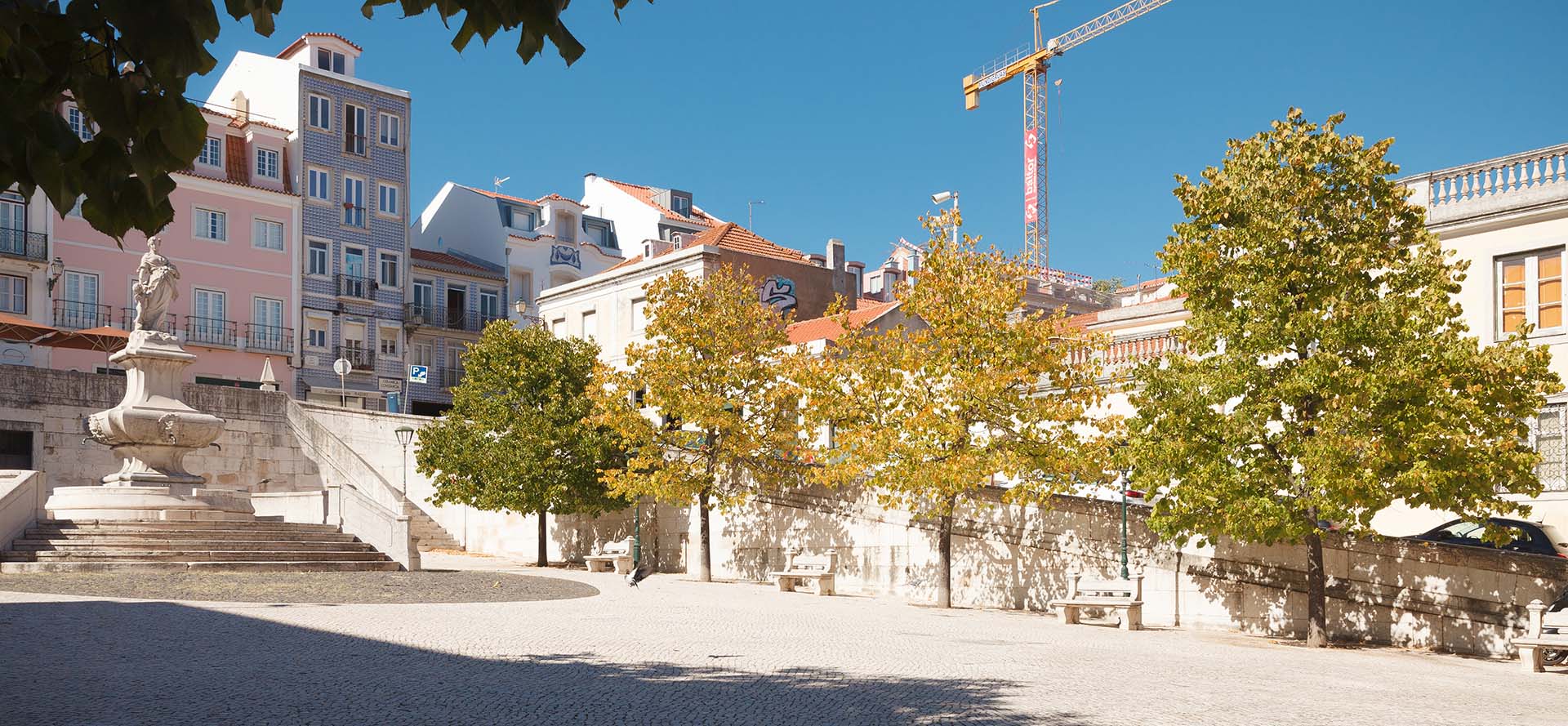
This square next to Santos-o-Velho church is the place that hosts every weekend a event called Festa Estranha (meaning weird party) this social initiatives comes from the some local business owner that wanted to develop the local commerce and local parish this charity event features street food, an exchange market and a lot of music, from DJ's sets to a fado show.
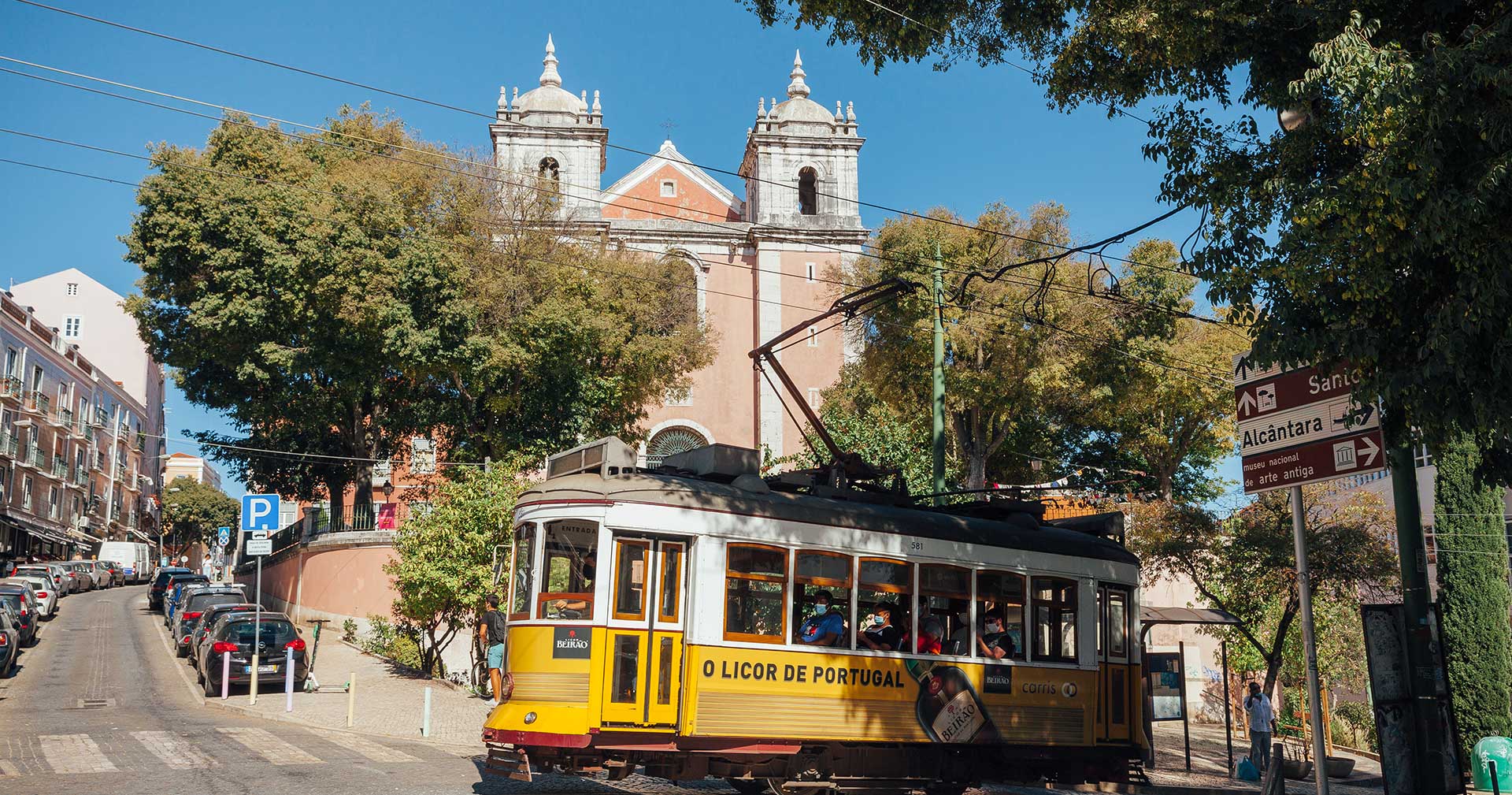
It was born from a green community project that completely changed the image of this street in Lisbon. It’s essentially a street that looks like a garden. From pot to pot, the street is now a community of neighbors and friends who have turned Rua da Silva into a movement for sustainability. And so “Green Street Lisbon” was born.
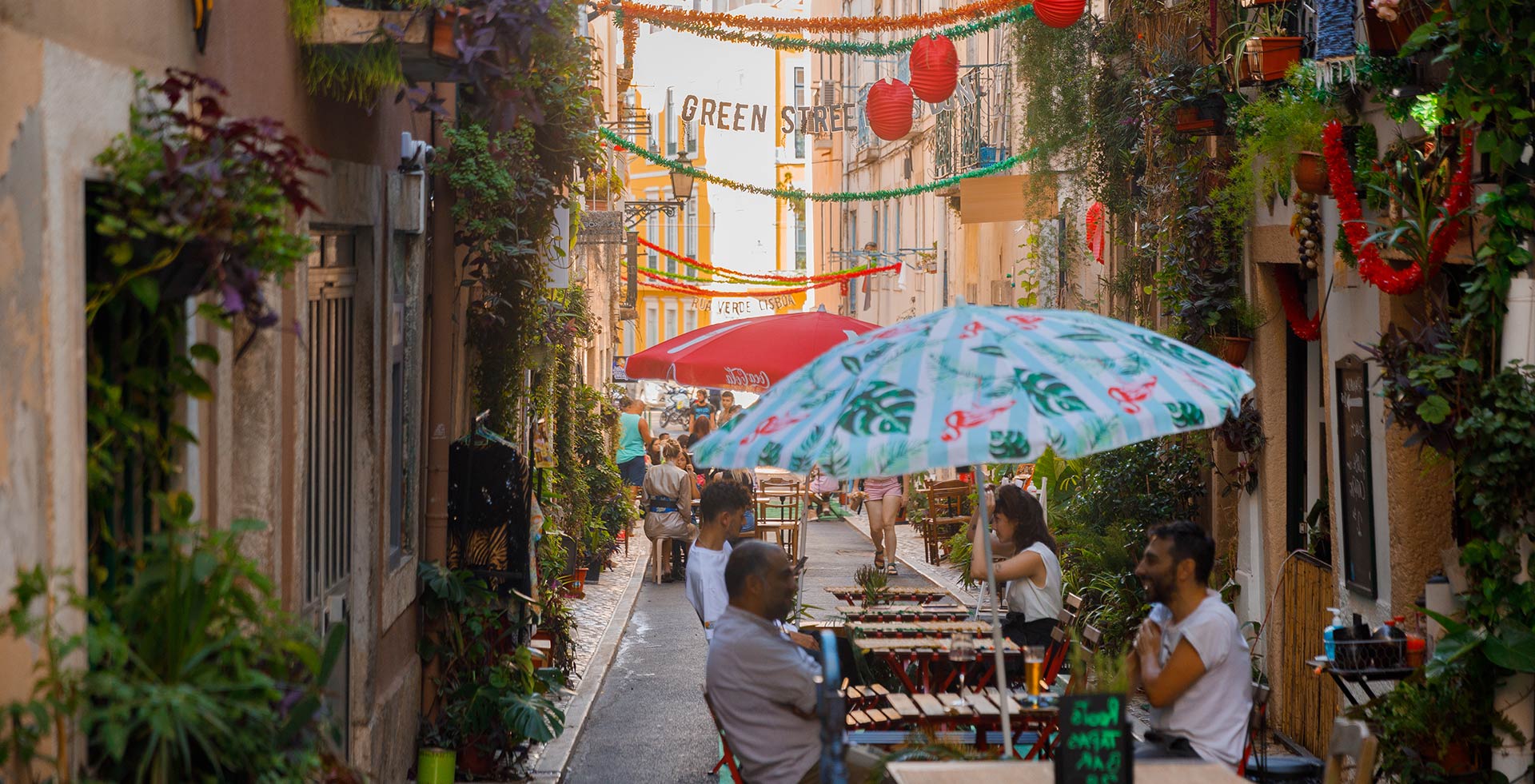
Av. 24 de Julho 49
It is a food court located in Mercado da Ribeira at Cais do Sodré, in Lisbon, Portugal. The concept is to have under the same roof the best chefs, restaurants and gastronomic projects in the Portuguese capital, based on the recommendations of the first and collaborators of Time Out magazine. It also hosts cultural events and workshops.
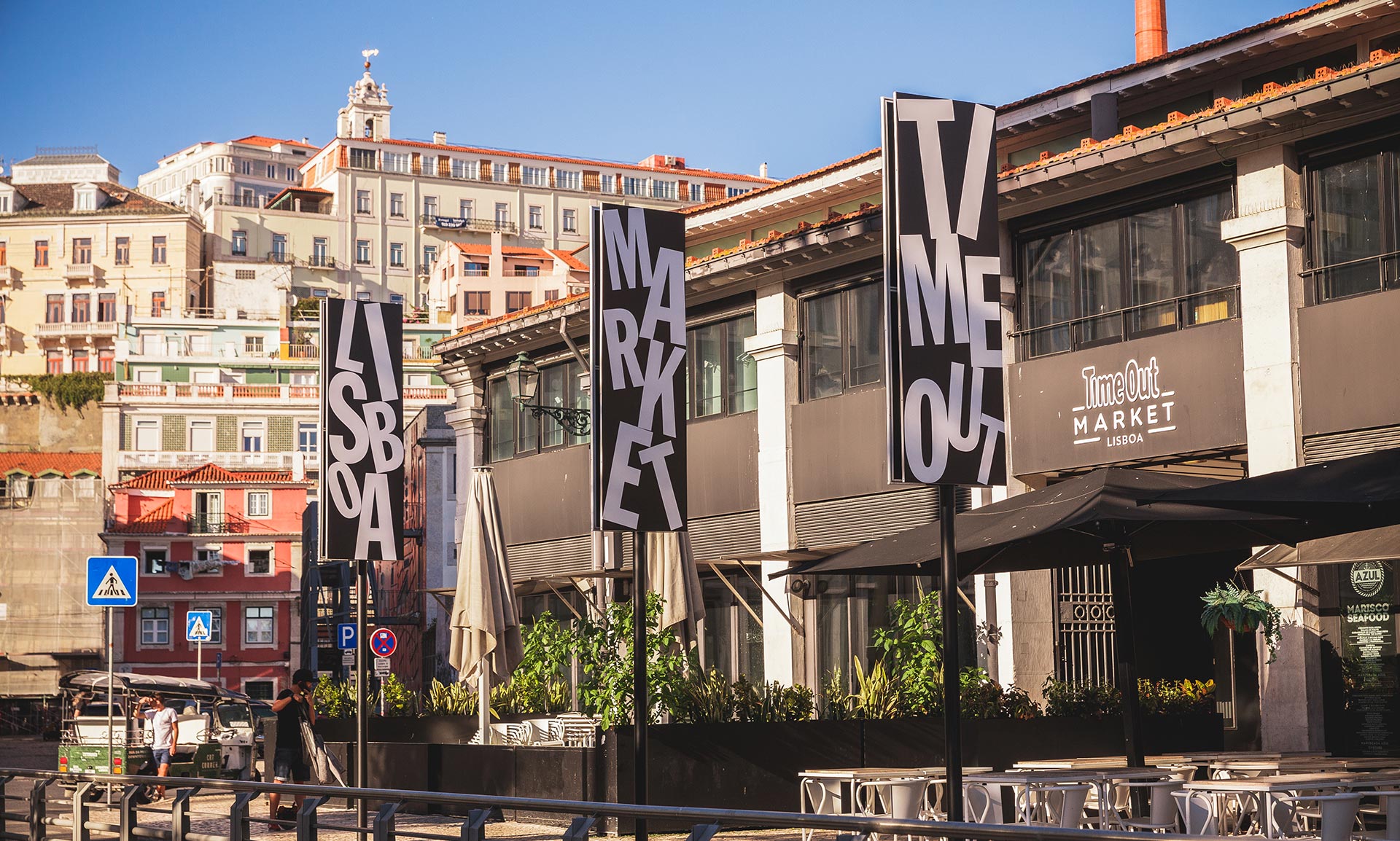
It’s a mandatory stop in Lisbon, the former shipyard for the construction of portuguese ships is today an amazing river beach, with a wide garden space and a considerable staircase that extends towards the river. Although bathing in the river is forbidden, this area that connects Cais das Colunas, in Praça do Comércio, to Cais do Sodré, invites you to long sunbathing and rest for all tired feet to walk around the city. Ribeira das Naus has a kiosk and a terrace to make the most of Lisbon's light and the most impressive sunset in the city.
This river beach, with
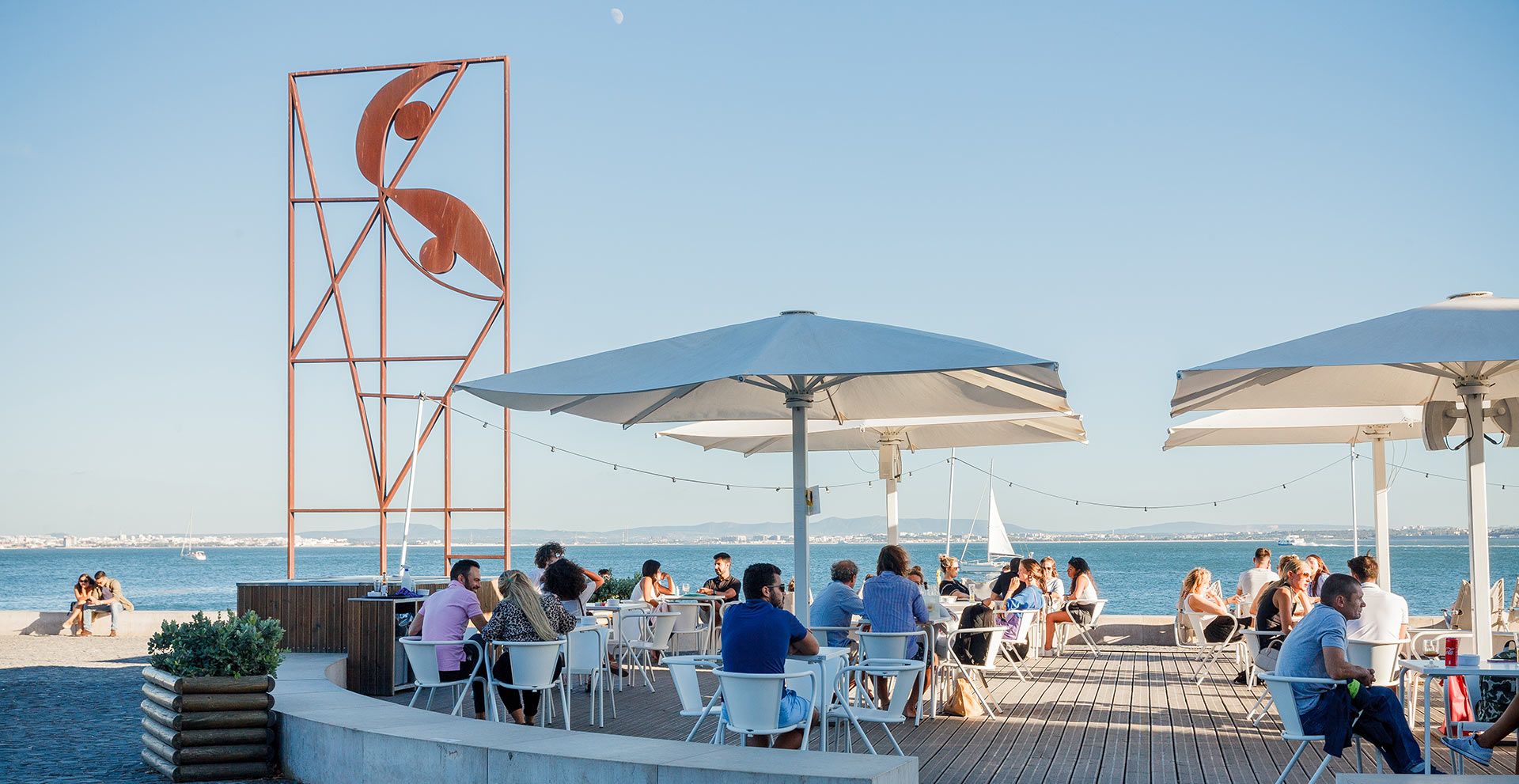
Situated near the Cais do Sodré metro station, the beautiful Pink Street guides you to some of the most popular bars in Lisbon. The famous Pensão do Amor can also be found here, which is a spectacular bar dedicated to the art of love.

It’s one of the most beautiful monuments in Lisbon, both inside and out. It was one of the last great baroque churches, with an interior covered in marble. It’s known for its huge nativity scene by sculptor Machado de Castro, and for the tomb of Queen Maria I. The rooftop is open to visitors, who get a close-up view of the dome and bell towers, and look over the neighborhood all the way to the towers of Amoreiras and the castle.
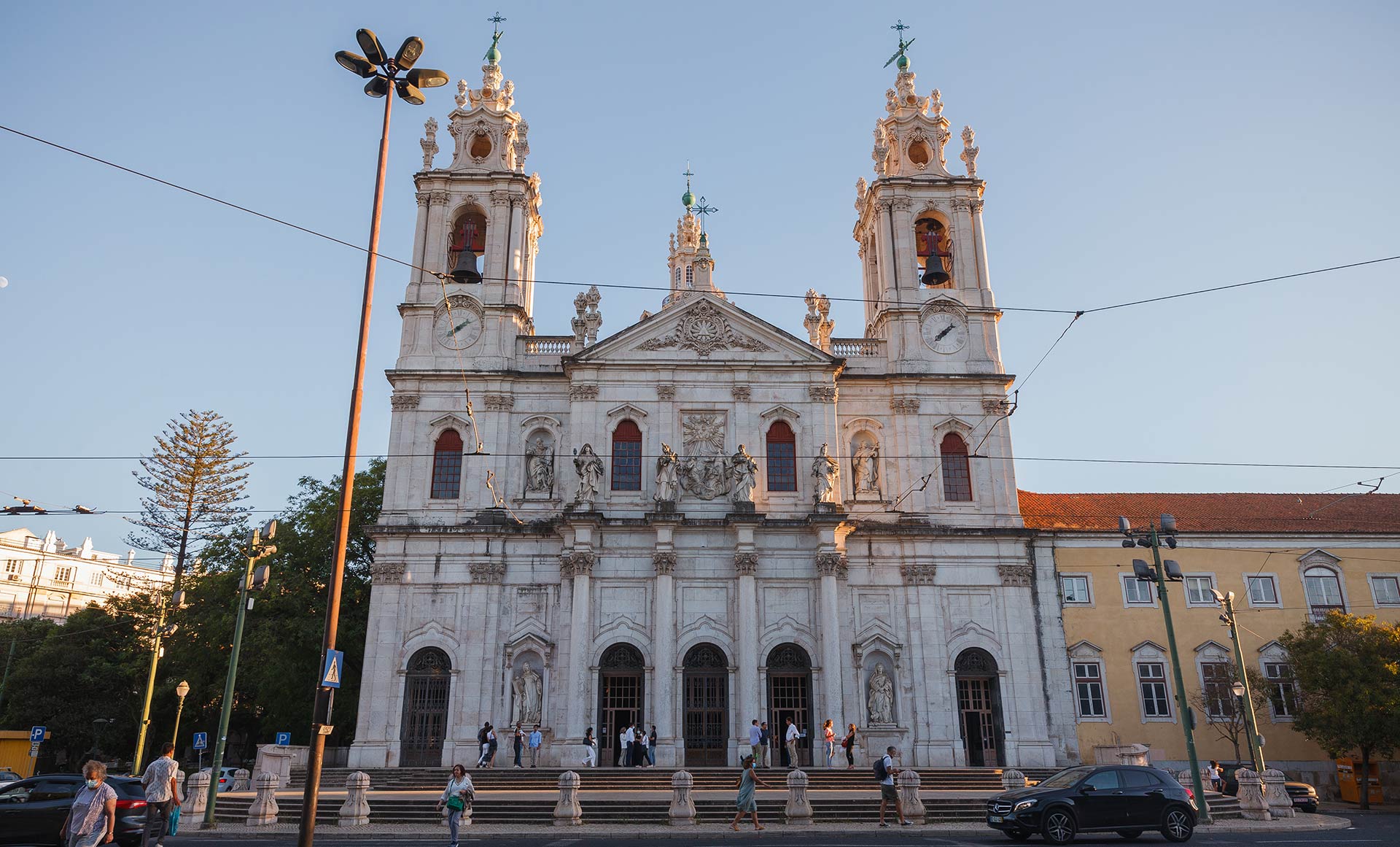
Right in front of the Basilica da Estrela, laid out in 1842, this neighborhood park maintains the romantic atmosphere of the time. It’s frequented by people of all ages, who relax in the shade or in the sun, as children play around the ponds.
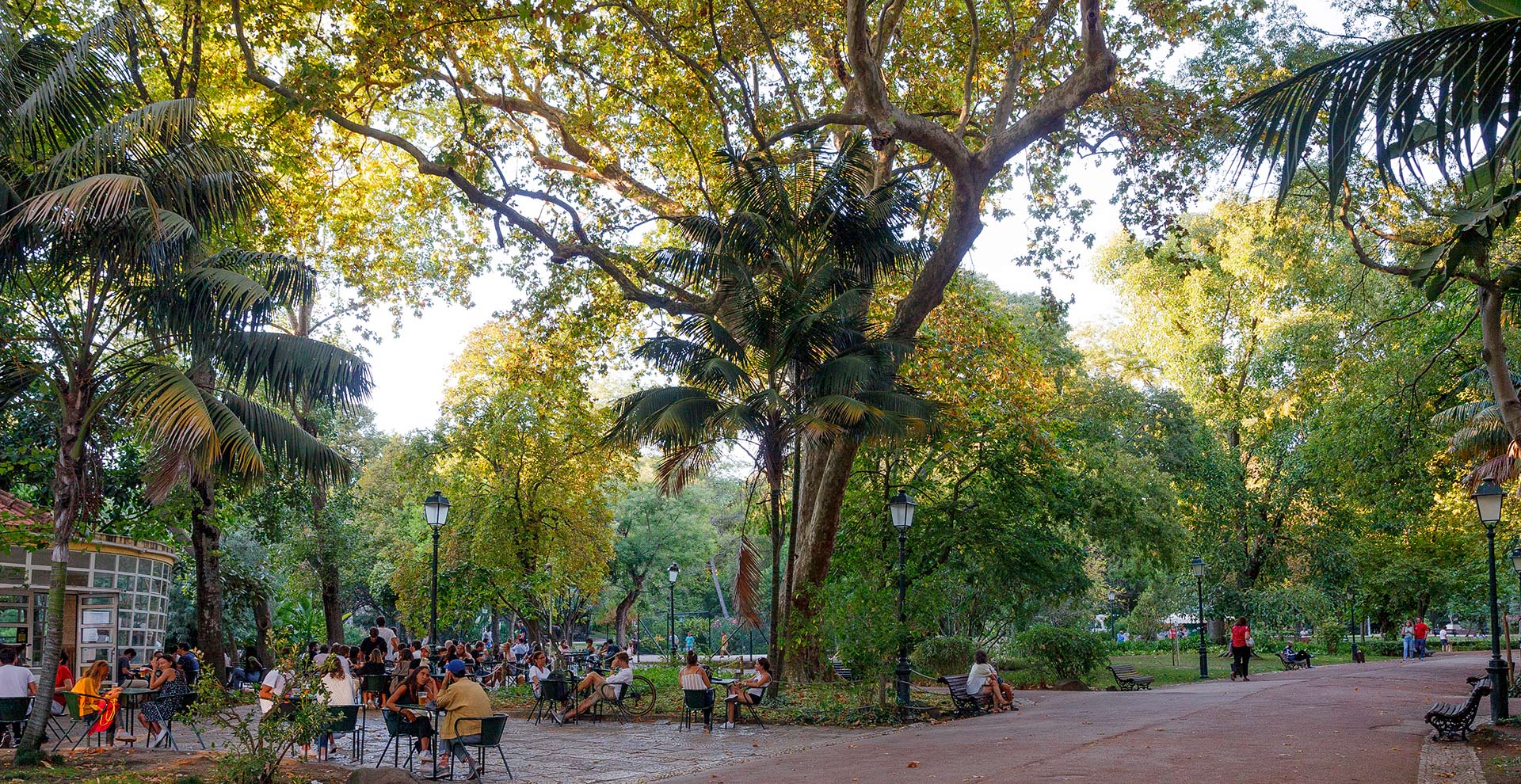
The Puppet Museum is the first national museum dedicated to the puppet universe, its history and interpretation and the promotion of puppet theater.
The collections of the Marionette Museum are made up of different types of masks and puppets, from different parts of the world and illustrating the most varied forms of manipulation: glove puppets, string puppets, eyeshadow and masks, among others.
